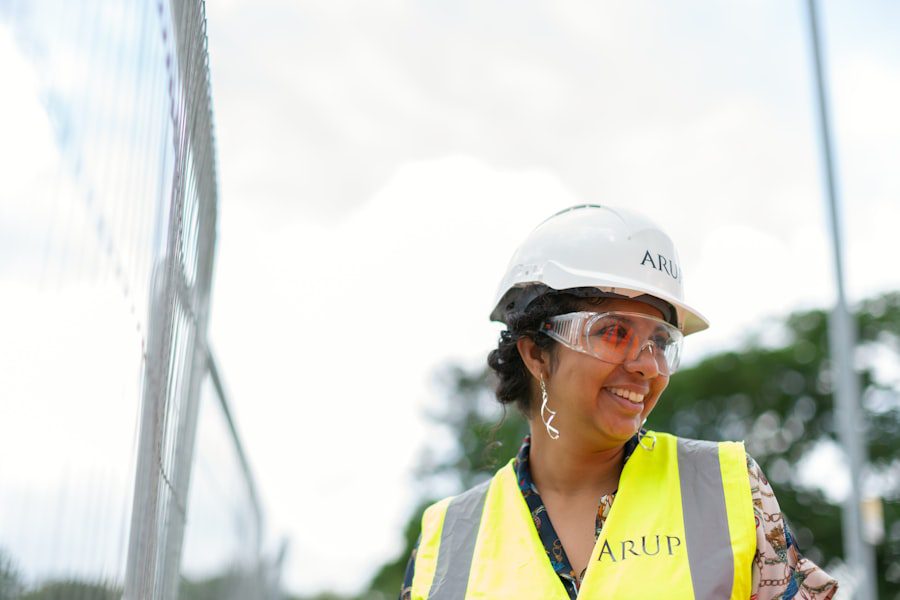In any society, recognizing and acknowledging differences is a fundamental step toward fostering a more inclusive environment. Differences can manifest in various forms, including race, ethnicity, gender, sexual orientation, age, ability, and socioeconomic status. Each of these dimensions contributes to the rich tapestry of human experience, and understanding them is crucial for building a cohesive community.
For instance, in workplaces where diversity is celebrated, employees often report higher levels of job satisfaction and engagement. This is not merely a coincidence; it reflects the positive impact of recognizing individual identities and experiences. Moreover, acknowledging differences goes beyond mere recognition; it requires an active effort to understand the unique challenges faced by various groups.
For example, in educational settings, teachers who are aware of the cultural backgrounds of their students can tailor their teaching methods to be more inclusive. This might involve incorporating diverse perspectives into the curriculum or creating a classroom environment where all students feel valued and heard. By doing so, educators not only enhance learning outcomes but also foster a sense of belonging among students from different backgrounds.
Key Takeaways
- Recognizing and acknowledging differences is the first step towards creating an inclusive environment.
- Promoting open and honest communication allows for a better understanding of diverse perspectives and experiences.
- Encouraging empathy and understanding helps to build a more inclusive and supportive community.
- Fostering inclusivity and diversity leads to a richer and more dynamic environment for all individuals.
- Addressing prejudice and discrimination is crucial in creating a safe and welcoming space for everyone.
Promoting Open and Honest Communication
Open and honest communication serves as the bedrock for any successful relationship, whether personal or professional. In environments where individuals feel safe to express their thoughts and feelings without fear of judgment or reprisal, creativity and collaboration flourish. For instance, organizations that prioritize transparent communication often see increased innovation as employees feel empowered to share their ideas freely.
This openness can be cultivated through regular feedback sessions, town hall meetings, or anonymous suggestion boxes that encourage candid dialogue. Furthermore, promoting open communication also involves actively listening to others. It is not enough to simply allow people to speak; one must also engage with their ideas and concerns genuinely.
This can be particularly important in diverse settings where misunderstandings may arise due to cultural differences in communication styles. By fostering an atmosphere where everyone feels heard and respected, organizations can mitigate conflicts and build stronger relationships among team members. This approach not only enhances interpersonal dynamics but also contributes to a more harmonious workplace culture.
Encouraging Empathy and Understanding

Empathy is the ability to understand and share the feelings of another person, and it plays a crucial role in bridging gaps between individuals from different backgrounds. Encouraging empathy involves creating opportunities for people to connect on a personal level, allowing them to see the world through each other’s eyes. For example, storytelling initiatives can be powerful tools for fostering empathy; when individuals share their personal experiences, it humanizes their struggles and triumphs, making it easier for others to relate.
In addition to storytelling, experiential learning activities can also promote empathy. Programs that involve community service or immersive experiences in diverse neighborhoods allow participants to engage with different cultures and lifestyles firsthand. Such experiences can challenge preconceived notions and stereotypes, leading to a deeper understanding of the complexities of human existence.
By cultivating empathy within communities, we can create a more compassionate society that values diversity and promotes social cohesion.
Fostering Inclusivity and Diversity
Fostering inclusivity and diversity requires intentional actions that go beyond mere compliance with policies or regulations. It involves creating environments where individuals from all backgrounds feel welcomed and valued. Organizations can implement diversity training programs that educate employees about the importance of inclusivity and equip them with the tools to recognize their biases.
These programs can help dismantle systemic barriers that have historically marginalized certain groups. Moreover, fostering inclusivity also means actively seeking out diverse perspectives in decision-making processes. For instance, companies that prioritize diversity in their leadership teams are more likely to make well-rounded decisions that reflect the needs of a broader customer base.
This not only enhances business performance but also signals to employees and stakeholders that the organization values diversity at all levels. By embedding inclusivity into the fabric of an organization’s culture, it becomes a natural part of how business is conducted.
Addressing Prejudice and Discrimination
Addressing prejudice and discrimination is an essential aspect of creating equitable environments. Prejudice often stems from ignorance or fear of the unknown; therefore, education plays a pivotal role in combating these biases. Workshops that focus on unconscious bias training can help individuals recognize their own prejudices and understand how these biases can manifest in everyday interactions.
By bringing awareness to these issues, organizations can take proactive steps to create a more equitable workplace. Additionally, it is crucial for organizations to have clear policies in place for addressing discrimination when it occurs. This includes establishing reporting mechanisms that allow individuals to voice their concerns without fear of retaliation.
A transparent process for handling complaints not only empowers individuals but also demonstrates an organization’s commitment to maintaining a respectful environment. Furthermore, leadership must model appropriate behavior by actively speaking out against discrimination and supporting initiatives that promote equity.
Creating Opportunities for Collaboration and Cooperation

Creating opportunities for collaboration and cooperation among diverse groups is vital for harnessing the full potential of a community or organization. Collaborative projects that bring together individuals from different backgrounds can lead to innovative solutions that might not have emerged in homogenous groups. For example, cross-functional teams in businesses often yield creative ideas because they combine various perspectives and expertise.
Moreover, fostering collaboration can also enhance social bonds among team members. Team-building activities that emphasize cooperation over competition can help break down barriers and build trust among individuals who may not typically interact with one another. These interactions can lead to lasting relationships that transcend professional boundaries, ultimately contributing to a more cohesive community.
By prioritizing collaboration, organizations can create an environment where diverse voices are not only heard but actively contribute to collective success.
Building a Culture of Mutual Respect
Building a culture of mutual respect is essential for any organization or community aiming for long-term success. Respect involves recognizing the inherent worth of every individual and valuing their contributions regardless of their background or identity. Organizations can cultivate this culture by establishing core values that emphasize respect as a fundamental principle guiding all interactions.
Training programs focused on conflict resolution can also play a significant role in fostering mutual respect. When individuals are equipped with the skills to navigate disagreements constructively, they are more likely to engage in respectful dialogue rather than resorting to hostility or avoidance. Additionally, celebrating achievements from diverse groups within an organization reinforces the idea that every individual’s contributions are valued.
This recognition not only boosts morale but also encourages others to strive for excellence in their roles.
Supporting and Amplifying Marginalized Voices
Supporting and amplifying marginalized voices is crucial for achieving true equity within any community or organization. Marginalized groups often face systemic barriers that limit their opportunities for expression and representation. Therefore, it is essential for those in positions of power to actively seek out these voices and provide platforms for them to be heard.
This could involve creating mentorship programs that connect underrepresented individuals with leaders who can advocate for them. Furthermore, organizations should prioritize diversity in their communications strategies by ensuring that marketing materials reflect the communities they serve. By showcasing diverse voices in campaigns or initiatives, organizations not only demonstrate their commitment to inclusivity but also resonate more deeply with a broader audience.
This approach fosters trust and loyalty among consumers who value representation in the brands they support. In conclusion, recognizing differences, promoting open communication, encouraging empathy, fostering inclusivity, addressing prejudice, creating collaboration opportunities, building mutual respect, and amplifying marginalized voices are all interconnected elements essential for cultivating an equitable society. Each aspect contributes uniquely to the overarching goal of creating environments where everyone feels valued and empowered to contribute their best selves.


